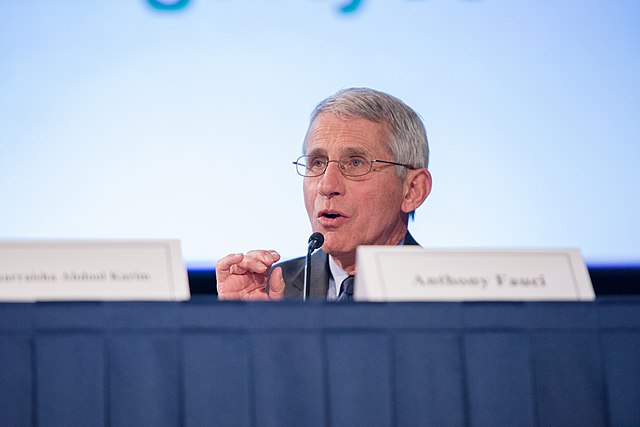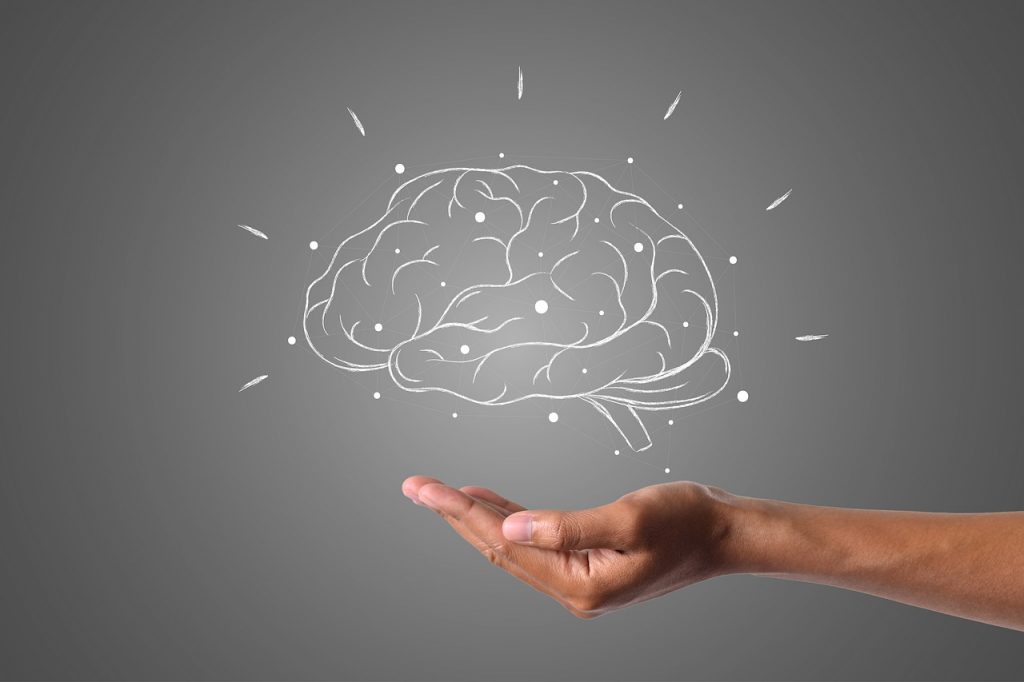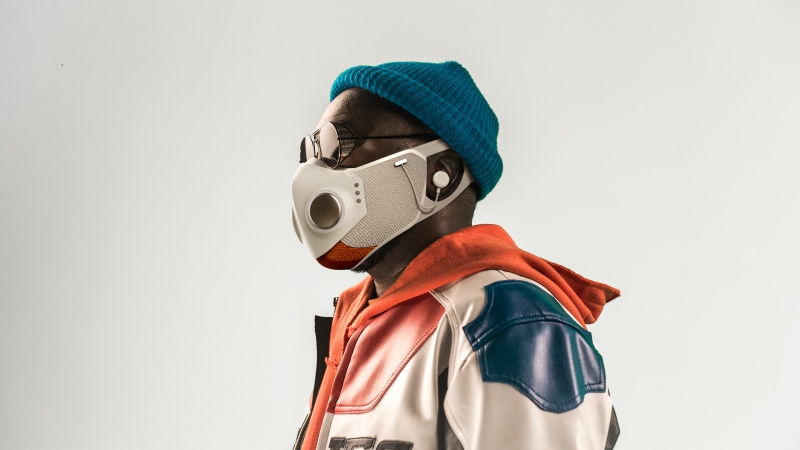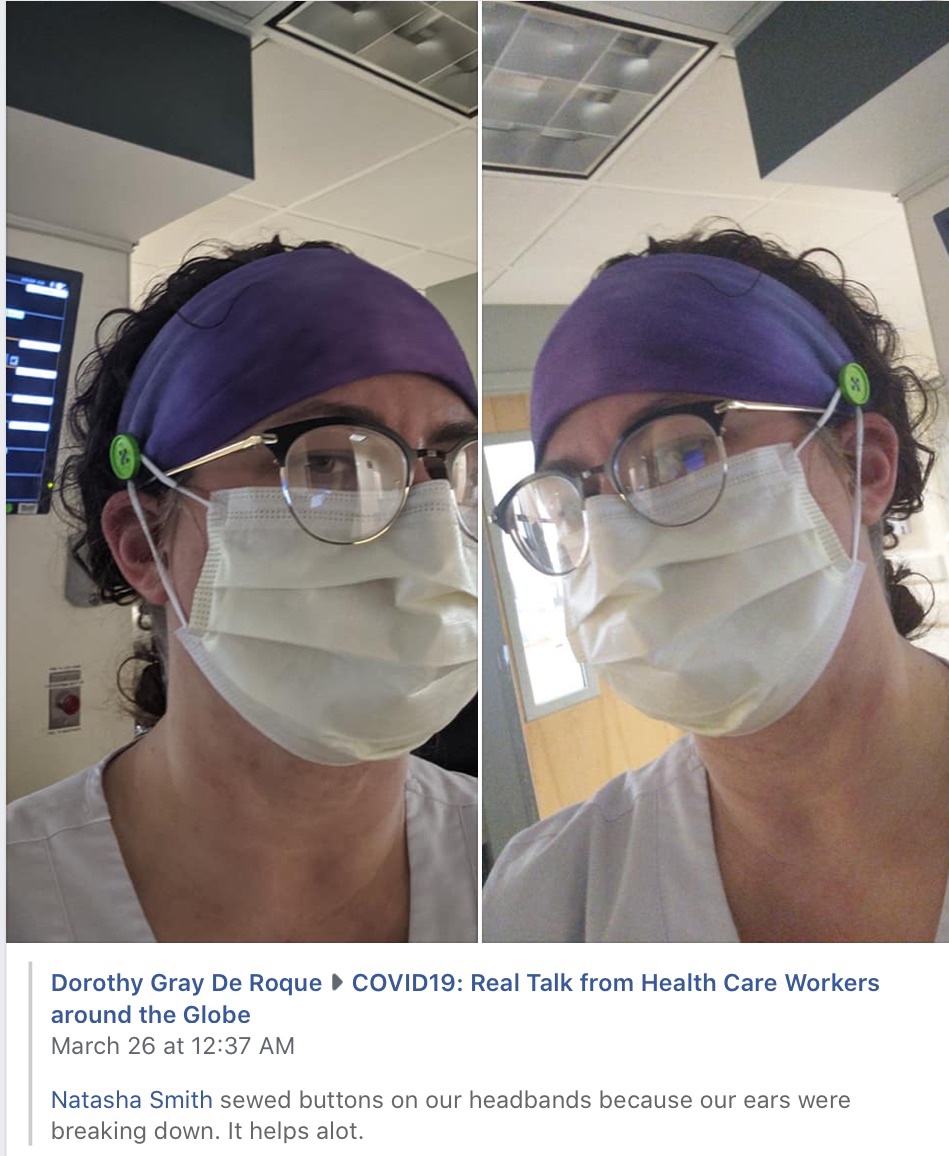
GUEST POST from Greg Satell
The moon landing in 1969 was, in many ways, the high point of the American century. Since then, we’ve been beset by scandals like Watergate, Iran-Contra and two presidential impeachments, mired in never-ending wars that we don’t win, while increasingly encumbered by rising debts and income inequality amid falling productivity growth. Incomes have stagnated while education and healthcare costs have soared.
Yet in an essay written back in February, just before the Covid-19 crisis, Ross Douthat wrote that these apparent woes are actually signs of success. In effect, he argued that we lack major technological breakthroughs because we become so technologically advanced, and we lack economic progress because we’ve become so prosperous.
Even then, it was a strange and somewhat maddening position to take. Why would Douthat, an intelligent and insightful man, write such things? Because he so wanted to believe them that he went in search for facts to support them. Many of us have been doing the same. Yet the Covid-19 crisis has unmasked us and it’s time to start facing up to the truth.
A Failed Market Revolution
In 1954, the eminent economist Paul Samuelson, came across an obscure dissertation written by a French graduate student named Louis Bachelier around the turn of the century. The paper, which anticipated Einstein’s later breakthrough on Brownian motion, declared somewhat innocently that “the mathematical expectation of the speculator is zero.”
Samuelson’s discovery launched a revolution in mathematical finance models based on on Bachelier’s assumption, including the Efficient Market Hypothesis, portfolio theory, the Capital Asset Pricing Model (CAPM) and the Black-Scholes model. The underlying assumption was that markets were rational, and risk could be quantified and managed effectively.
The flaws in these models should have been obvious even at the time and some, including the mathematician Benoit Mandelbrot, pointed out that markets were far more volatile than the financial engineering models predicted. Nevertheless, policymakers chose to ignore the warnings and put their faith in the “magic of the market.”
Probably the biggest failure of market fundamentalism is that, as economist Thomas Philippon points out in his book The Great Reversal, over the past 40 years markets in the United States have become significantly weaker. In a similar vein, a study published in Harvard Business Review that examined 893 industries found that two thirds had become more concentrated.
The truth is that we’ve chosen weaker markets and less competition, which has led to less dynamism and innovation. That’s no accident.
Digital Disruption
In Regional Advantage, AnnaLee Saxenian describes how Silicon Valley replaced Boston’s “Technology Highway” as the center of the digital universe. While Boston was corporate and hierarchical, Silicon Valley was freewheeling and networked. The Silicon Valley ethos was very much the counterculture.
So, it was no accident that when Steve Jobs flew to New York to recruit John Sculley, who was at the time President of Pepsi, to lead Apple he asked him,”Do you want to sell sugar water for the rest of your life, or do you want to come with me and change the world?” The implication being that selling computers was a higher calling than selling soft drinks.
That was nearly 40 years ago and while the Covid-19 crisis has certainly highlighted some benefits of digital technology, such as cheap and effective teleconferencing, it’s also become clear that the digital revolution has largely been a disappointment. Productivity growth, except for a relatively brief period in the late nineties and early aughts, has been depressed since the 1970s.
Compare the iPhone to the breakthroughs of the mid-twentieth century, such as Bell Lab’s transistor, Boeing’s 707 and IBM’s 360 and it becomes clear that while digital technology has done much to disrupt industries, it’s done relatively little to create significant new value, at least in comparison to earlier technologies.
The Uncertain Promise of Globalization
The aftermath of the fall of the Berlin Wall was a time of great optimism. With the Cold War over, books like Francis Fukayama’s The End of History predicted a capitalist, democratic utopia in which free markets would conquer the world making everyone more prosperous. Those that refused to reform would be unable to compete.
While there were genuine achievements, especially in lifting up the world’s poorest, it’s hard to see how globalization has made us significantly better off. In fact, rather than the triumph of freedom, we’ve seen a global rise in populist authoritarian movements, the polar opposite of what intellectuals like Fukayama predicted.
In the United States, the situation has become especially dire. Social mobility and life expectancy in the white working class are declining, while anxiety and depression are rising to epidemic levels. While wages have stagnated, the cost of healthcare and education has soared, squeezing the middle class. Income inequality is at its highest level in 50 years.
So, while it’s true that there have been real benefits from globalization, such as curbing inflation, we’ve done little to mitigate the costs to the average citizen. That didn’t just happen but was the result of choices that we made.
We Need to Choose Resilience and Grand Challenges Over Output and Disruption
The Covid-19 crisis has unmasked us. We thought that markets, technology and globalization would save us, that we could just set up some sensible rules of the road and everything would run on autopilot. That’s clearly untrue. We took short-term profits while ignoring long-term costs, loaded up on debt and hoped for the best.
The current crisis has followed the same pattern. We simply failed to prepare for known risks because it seemed expedient not to. George Bush warned about the possibility of a pandemic as did his Health and Human Services Secretary. Jay Leno mocked them. The Obama administration set up a step-by-step playbook and it was ignored. The long list of failures goes on.
Yet we don’t have to be victims of our failed choices. We can learn to make better ones. After the 1918 Spanish Flu pandemic, we embarked on a 70-year productivity boom. Out of the ashes of World War II, we built a new era of peace and prosperity that was unprecedented in world history. We can do so again. We have that power.
New technologies, under development as we speak, will likely give us the power to cure cancer, create clean energy, save the environment and colonize space. We can rebuild the middle class, usher in a new era of peace and prosperity, increase life expectancy while improving quality of life. These are all things we may be able to achieve in the next decade or two.
Yet those possibilities are merely potential that we can succeed or fail to actualize. We can, as we did after World War II, choose to invest in the future and tackle grand challenges. We can build new infrastructure, spawn new industries and create an educated workforce. Or we can, as we did after the end of the Cold War, choose disruption over construction.
What’s clear is that nothing is inevitable. The digital revolution didn’t have to be a dud. The Great Recession didn’t have to happen. The Covid-19 Pandemic could have been, at the very least, greatly mitigated. We are responsible for the choices we make. Now is the time to shoot for the moon (and Mars), not to grade ourselves on a curve.
— Article courtesy of the Digital Tonto blog
— Image credit: Pixabay
![]() Sign up here to get Human-Centered Change & Innovation Weekly delivered to your inbox every week.
Sign up here to get Human-Centered Change & Innovation Weekly delivered to your inbox every week.











